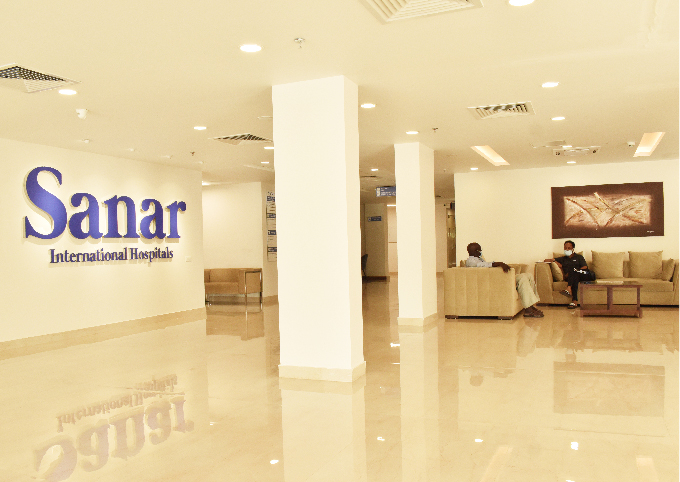نوع الإجراء
جراحيمدة الإجراء
1 - 2 ساعةأيام الإقامة في المستشفى
3 أيامTransurethral Resection of the Prostate (TURP) is a surgical procedure commonly used to treat benign prostatic hyperplasia (BPH), a condition in which the prostate gland enlarges and obstructs the flow of urine. This minimally invasive technique helps relieve urinary symptoms caused by an enlarged prostate, improving the quality of life for patients. TURP is considered the most effective treatment for moderate to severe BPH cases, especially when medications fail to provide relief.
TURP is recommended for men experiencing severe urinary symptoms such as frequent urination, difficulty in starting urination, weak urine flow, incomplete bladder emptying, or urinary retention. When left untreated, BPH can lead to complications such as bladder stones, recurrent urinary tract infections (UTIs), or kidney damage. TURP helps in removing the excess prostate tissue that blocks the urethra, allowing urine to pass freely.
Before undergoing TURP, patients are required to undergo a series of medical evaluations, including blood tests, urine analysis, and imaging tests like ultrasound or cystoscopy. The doctor may advise stopping certain medications, especially blood thinners, to reduce the risk of excessive bleeding during surgery. Patients are also instructed to avoid eating or drinking for a few hours before the procedure.
TURP is performed under general or spinal anesthesia. A thin, tube-like instrument called a resectoscope is inserted through the urethra to access the prostate gland. The resectoscope has a small wire loop that uses electrical energy to cut away the overgrown prostate tissue, relieving pressure on the urethra. A saline solution is continuously flushed through the area to clear out the removed tissue. Once the excess tissue is removed, a catheter is placed in the bladder to assist with urine drainage while the prostate heals.

نائب رئيس قسم جراحة المسالك البولية وزراعة الكلى والجراحة الروبوتية

استشاري أول - علوم الكلى، جراحة المسالك البولية

رئيس قسم جراحة المسالك البولية وبرنامج زراعة الكلى والجراحة الروبوتية (الوحدة الثانية)
After the procedure, patients may need to stay in the hospital for one to two days. The urinary catheter remains in place for 24 to 48 hours to help drain urine and prevent clot formation. Mild discomfort, blood in urine, or a burning sensation while urinating is common for a few days but gradually improves. Patients are advised to drink plenty of fluids, avoid heavy lifting, and refrain from strenuous activities for at least four to six weeks to ensure proper healing.
TURP offers long-term relief from urinary symptoms associated with BPH. The procedure significantly improves urine flow, reduces urinary frequency and urgency, and minimizes the risk of urinary retention. Since it is a minimally invasive technique, the recovery period is shorter compared to open prostate surgery. Most patients experience a considerable improvement in their urinary function within a few weeks after the procedure.
Although TURP is a safe and effective procedure, some risks include temporary bleeding, urinary tract infections, retrograde ejaculation (where semen flows backward into the bladder instead of exiting through the urethra), and, in rare cases, urinary incontinence. Some men may also experience temporary difficulty controlling urination, but this usually resolves as healing progresses.
For patients who may not be suitable candidates for TURP, alternative treatments are available. Medications such as alpha-blockers and 5-alpha reductase inhibitors can help manage mild to moderate BPH symptoms. Laser surgeries like Holmium Laser Enucleation of the Prostate (HoLEP) or minimally invasive procedures like Prostatic Urethral Lift (UroLift) are also effective options. The choice of treatment depends on the severity of the condition and the patient’s overall health.

جورجوجرام, الهند

جورجوجرام, الهند

جورجوجرام, الهند
التوجيه الصادق والدعم الموثوق والجهد السلس.
تزويدنا
بالتقارير


احصل على
الآراء الطبية


ما قبل الوصول
ترتيبات


تأشيرة
يدعم


باب المساعدة
العلاجات


العودة
متابعة

